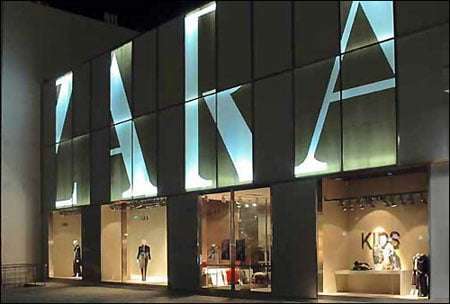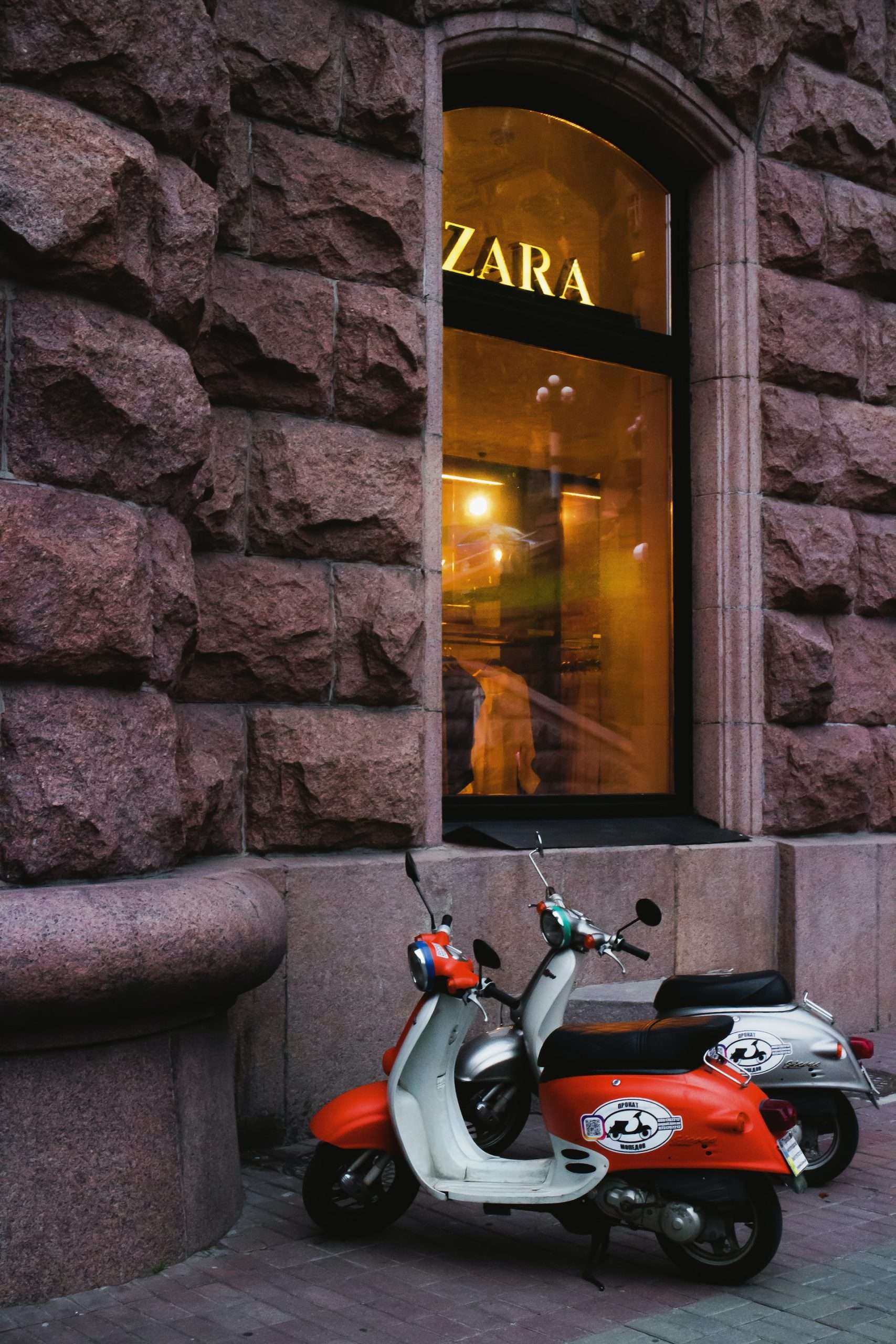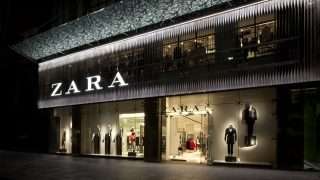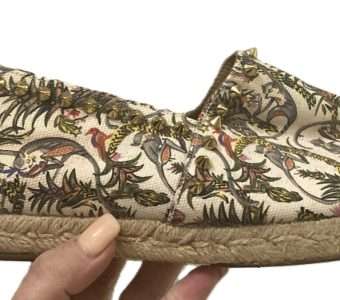The history of Zara is a fascinating one, and it closely resembles the Spanish version of the American dream

Amidst a long and terrible dictatorship in Spain, a very young Amancio Ortega entered the business of tailoring and fashion, moving quickly upwards in the hierarchy in his teenage years. This Kid really knew what he was doing and he had a passion for fashion.
When he created his new store in his 20s, it was to be named after his favorite character: Zorba. But he realized that close by there was a bar with the same name, so he reused the letters he already had for his sign, and quickly renamed his brand ZARA. Its principles: beauty, clarity, functionality, and sustainability. And just like that, fast fashion as we know it was born.
Zara basically created more affordable versions of the latest fashion trends, adding its own little variations. But most importantly: Ortega also created a unique and incredibly dynamic business system.
Unlike many clothing brands, whose designs are stagnant for the season, The secret to Zara’s success has largely been driven by its ability to keep up with rapidly changing fashion trends and showcase it in its stores with very little delay. From the start, Zara found a gap in the market that few clothing brands had effectively addressed. This was to keep up with the latest fashion trends but offer clothing collections that are a combination of high quality and affordability. The brand keeps a close watch on how fashion is changing every day across the world. Then they follow the trend but don’t copy it, to keep it fresh and unique

Based on these their team of designers create thousands of new pieces and put them into its stores in record time. By comparison, most other fashion brands would take close to six months to get new designs and collections into the market. For Zara that can take as little as two weeks
They also created what’s called “Artificial Scarcity”. Where department stores put out thousands of the same piece, Zara chooses to do small batches of each piece, making it a bit more exclusive and therefore desirable.This has many benefits: customers return more often to the store, and they don’t have to make large orders, avoiding storage costs and space.That way they don’t have to offer sales to get rid of leftovers from every collection, which also means making the whole operation more sustainable
Still, as you would expect from the largest clothes retailer in the world, Zara has been accused of bad labor practices and sweatshops in third-world countries. A new generation of customers is now demanding they change these practices and it remains to en seen how good Zara does on this touchy issue
For many Spaniards, the story of Ortega is a dream come true, a working-class hero. After all, he’s achieved a record amount of success with zero advertising in the beginning. Zara’s brand is part of the Inditex Group, the owners of other fashion brands such as Massimo Dutti, Pull&Bear, Stradivarius, Oysho, Zara Home, Uterqüe, and Bershka.
Zara still remains an affordable way of getting fast fashion with a sense of exclusivity, and a visit or many visits to their stores all around the world are a must.
Register now to join the conversation, access exclusive content and be a part of our exclusive brand communities.













